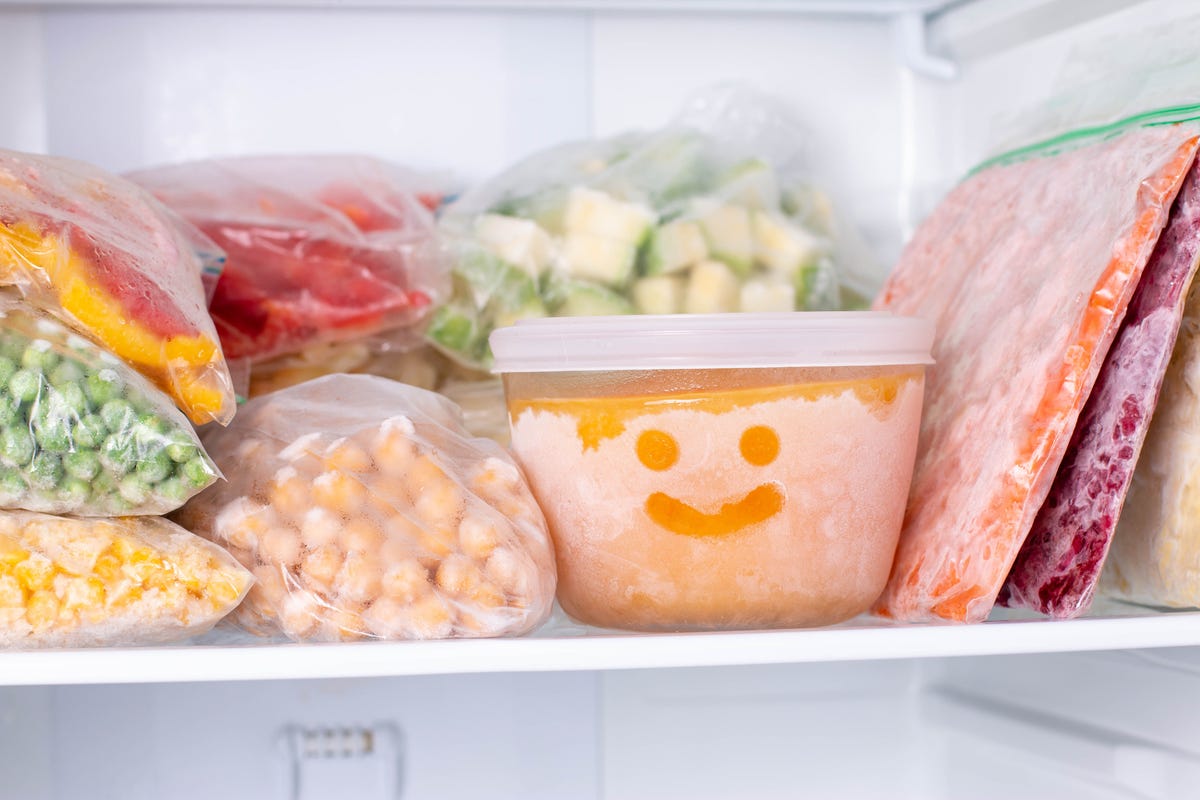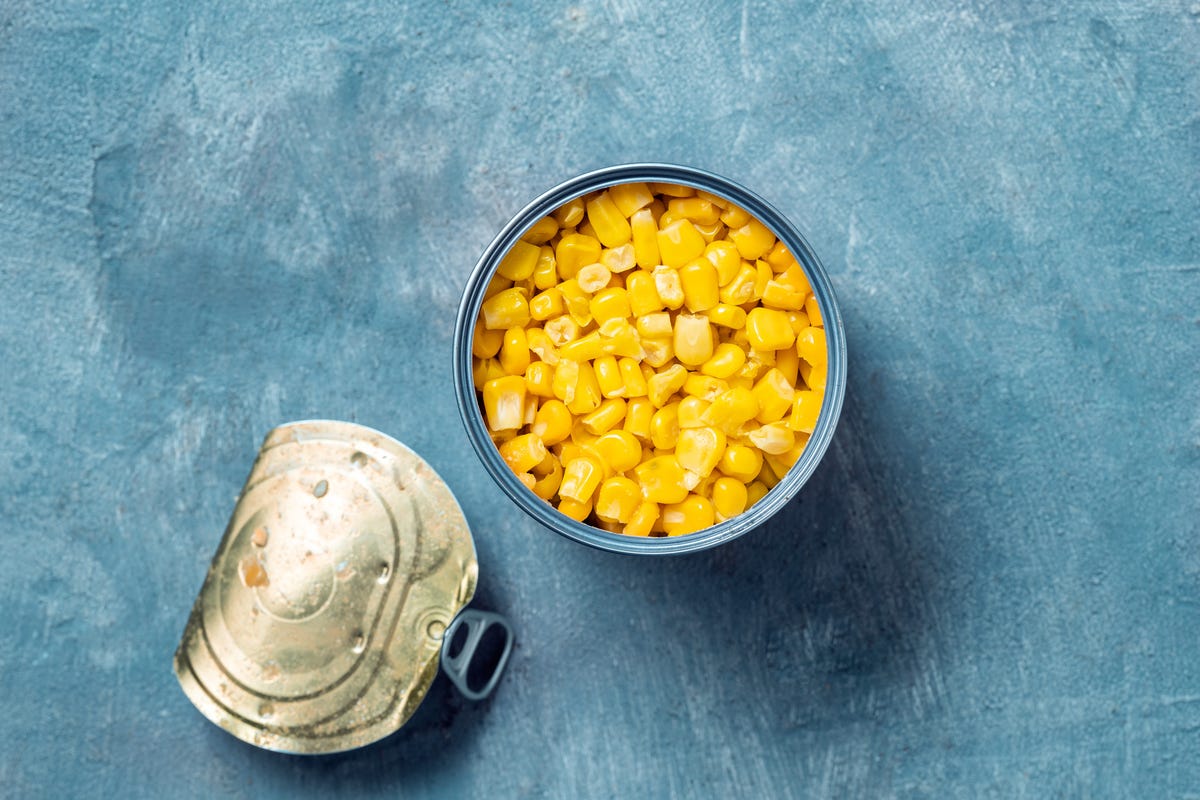I recently went to a restaurant in Denver where the Cobb salad was close to $20, while the burger and fries cost around $15. The price difference between more or less nutritious foods is evident almost everywhere you go, and the current economy is making it more and more expensive to grocery shop in general, let alone to eat healthily.
Nutrition plays a significant role in your physical and mental health as it can lower your risk of heart disease, strengthen your immune system, build muscle, improve focus and more. A healthy diet can look many different ways, and there's nothing wrong with the occasional burger. The key is to eat a diverse and well-rounded diet, with plenty of produce such as fruits and veggies -- and those are some of the trickiest food groups to get enough of if you're short on time and money.
That said, it's important to make sure you get the nutrients you need to maintain a healthier body and mind. The tips below will help you shop and eat smart so you can be healthy without having to spend an arm and a leg.
How to eat healthily on a budget

Plan meals where you anticipate leftovers
Plan your meals ahead of time so you can consolidate the number of items you need to purchase at the grocery store. Apps like Mealime or Paprika can help take some of the mental work out of meal planning.
The larger the meals you plan, the more leftovers you get, the more money you save (and the less of your hard-earned healthy food goes to waste). Leftovers can be put to use in different dishes or even stored in the freezer to eat at a later time. I like to save leftover taco meat for a taco salad or breakfast burrito the next day.
Make a grocery list and stick to it
Make a grocery list keeping prices in mind, so you know you're sticking to your budget. When in doubt on the price of an item, overestimate or use a price comparison app to double check, like Flipp or Grocery King. Give yourself an extra $20 or so for flexibility in case you see a few extra necessities you might not have thought of.
Otherwise, it's important to stick to your list. Before you know it, your extra items can prove to be more costly than you anticipate, pushing you over budget.
Buy canned or frozen produce
Canned and frozen foods may not be as tasty as the fresh stuff picked from your local farm, but they are just as nutritious and much less expensive. You'll have the same amount of vitamins and minerals as you would if they were fresh, and they last longer in the freezer or can. Try buying frozen or canned peas, corn, carrots, green beans, broccoli, cauliflower, spinach and fruit. Look for products free of added sugar or salt.
Frozen produce can often be used in the same recipes as fresh produce with a little tweaking. Canned produce, on the other hand, is already cooked, so it's ideal to throw into stews, soups and casseroles.

Join grocery loyalty clubs for discounts
Grocery stores offer discounts on certain products if you have a membership with them, like Safeway, Kroger and Giant. It's also free to join. You'll have to provide information like phone number and email, but the savings are significant and noticeable in your end total.
Take advantage of sales
Along the same lines, stock up on products you know you'll need when they're on sale, like seltzer water and proteins. This especially goes for items with long shelf lives and freezer-friendly foods.
Stick to the generic store brands
We all know and love our name brands, but store-brand items are considerably lower in price than the name-brand products such as condiments, bread, yogurt, frozen veggies and more. For the most part, you can hardly taste the difference and the savings can add up. For example, Consumer Reports calculated you save around 62 to 72 percent per serving if you buy store-brand ketchup over Heinz.
Grow your own food
If you have a green thumb, growing your own food in a garden will save you good money on produce. You also have the convenience of having your favorite fruits, vegetables and herbs in your own backyard. Not to mention the environmental impact, such as reducing fossil fuel emissions and plastic waste.
Easy foods to grow for beginners include onions, peppers, cucumbers and herbs such as basil or parsley. You can even grow food from your kitchen scraps for free, such as celery, lettuce or scallions.
The information contained in this article is for educational and informational purposes only and is not intended as health or medical advice. Always consult a physician or other qualified health provider regarding any questions you may have about a medical condition or health objectives.
7 Ways to Eat a Healthy Diet Without Spending a Ton of Money - CNET
Read More

No comments:
Post a Comment